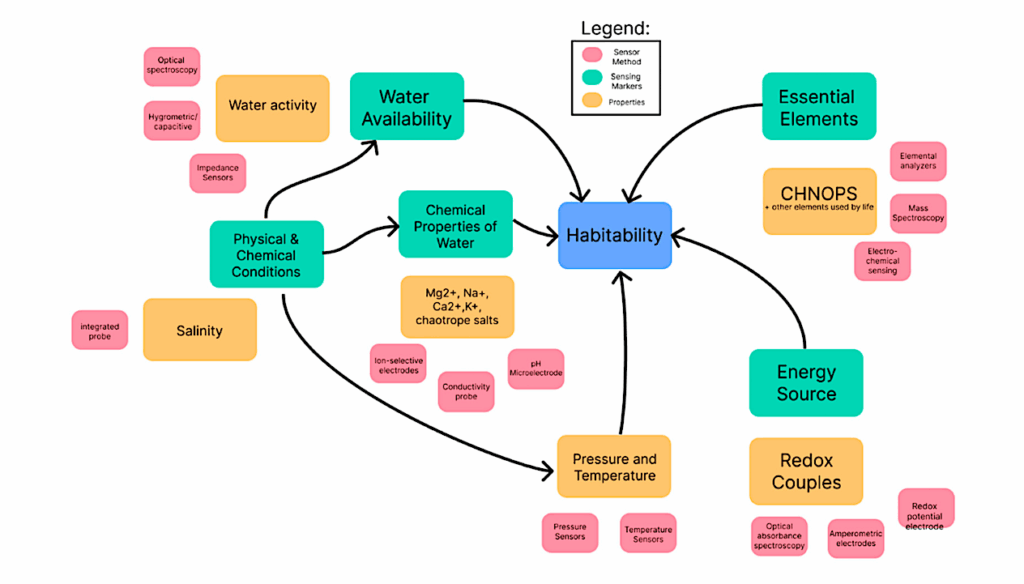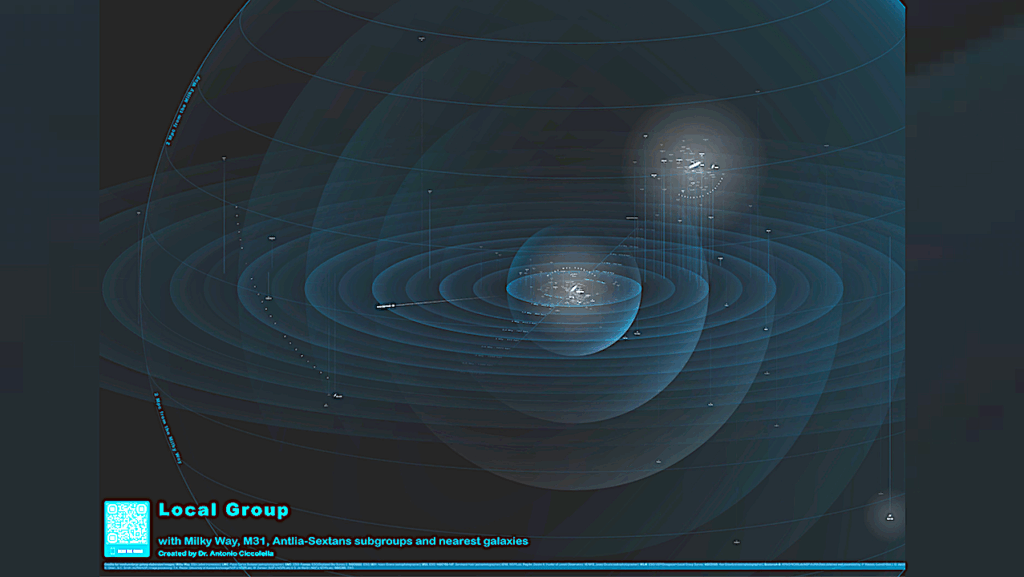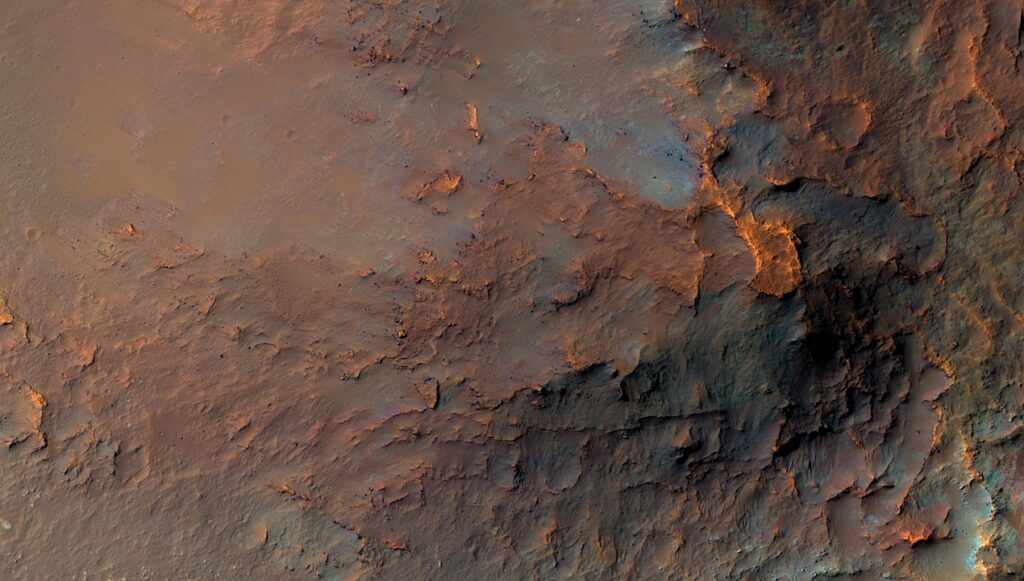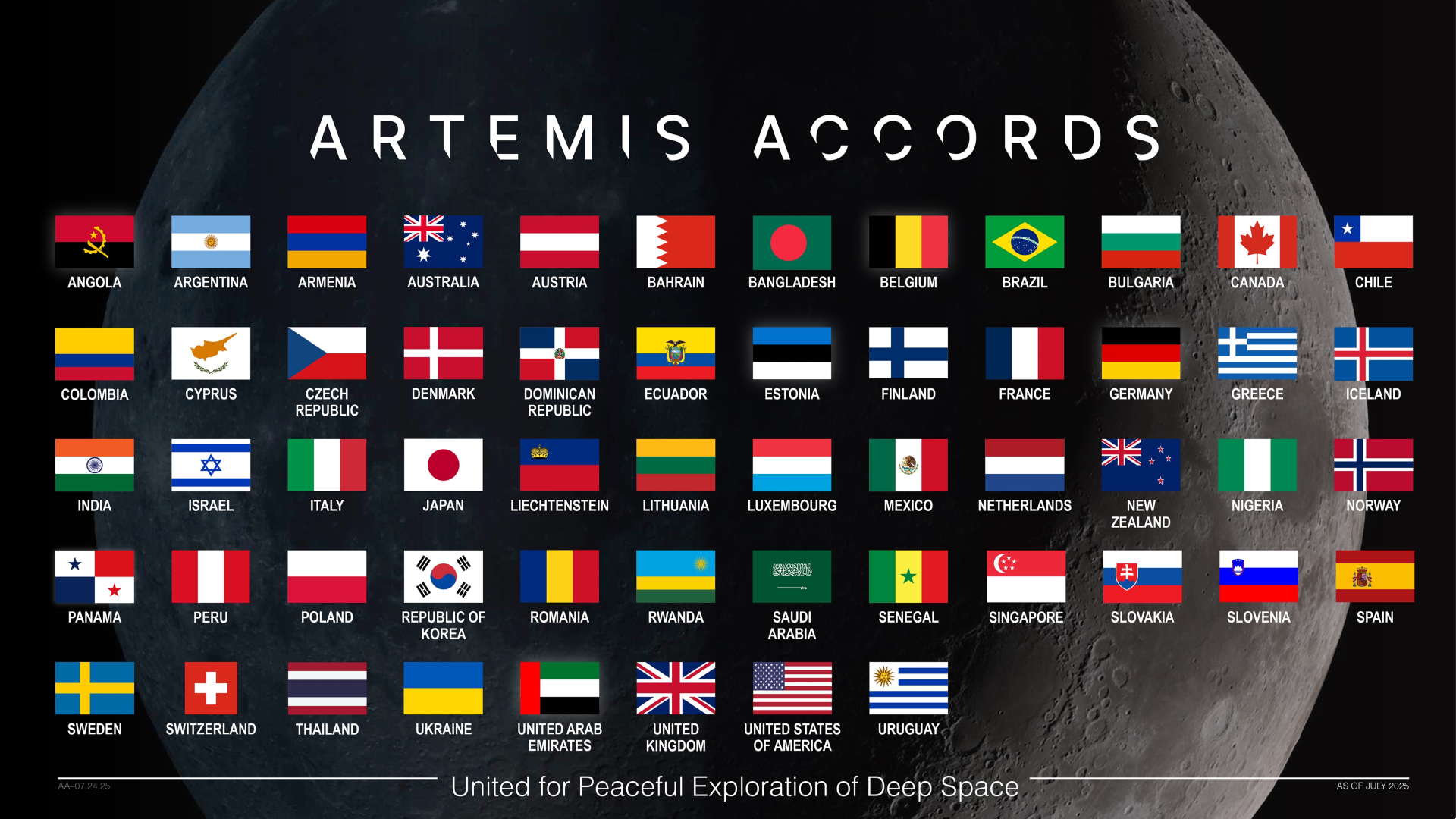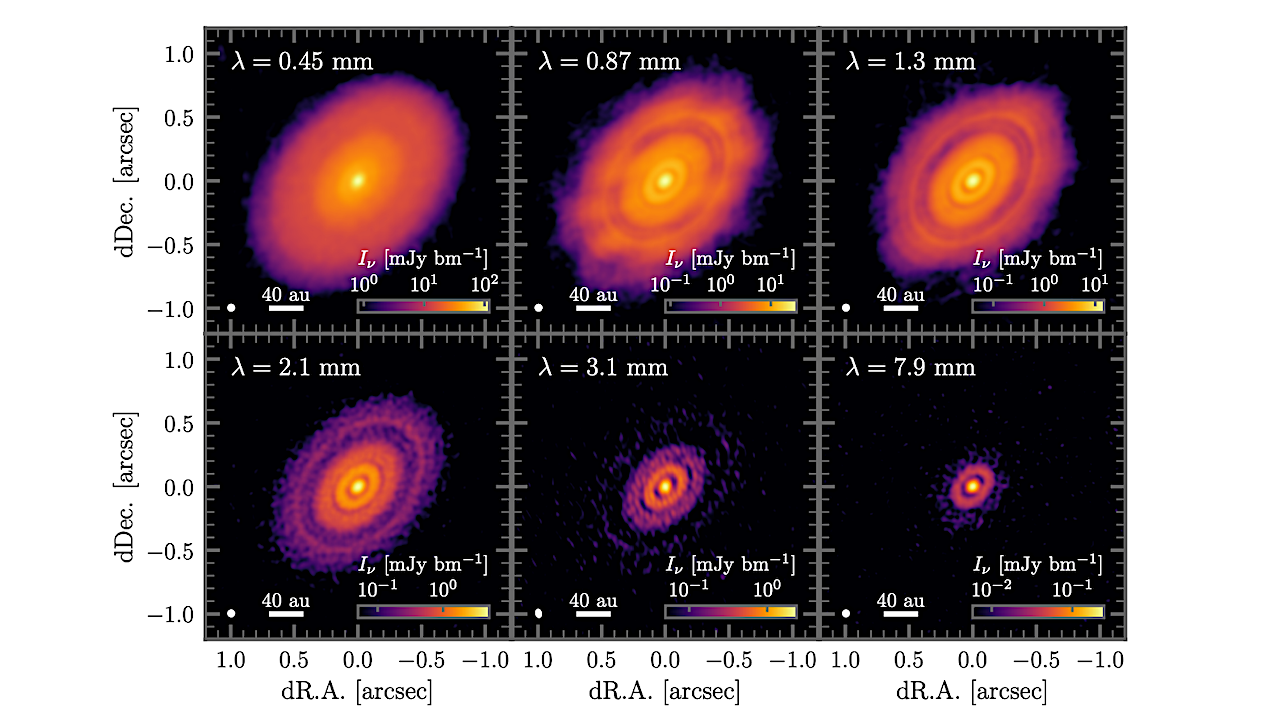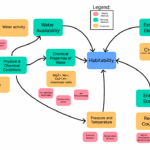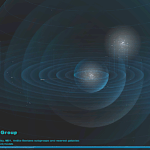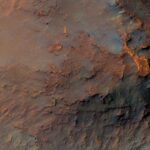Now Reading: The CHEOPS View Of HD 95338b: Refined Transit Parameters, And A Search For Exomoons
-
01
The CHEOPS View Of HD 95338b: Refined Transit Parameters, And A Search For Exomoons
The CHEOPS View Of HD 95338b: Refined Transit Parameters, And A Search For Exomoons
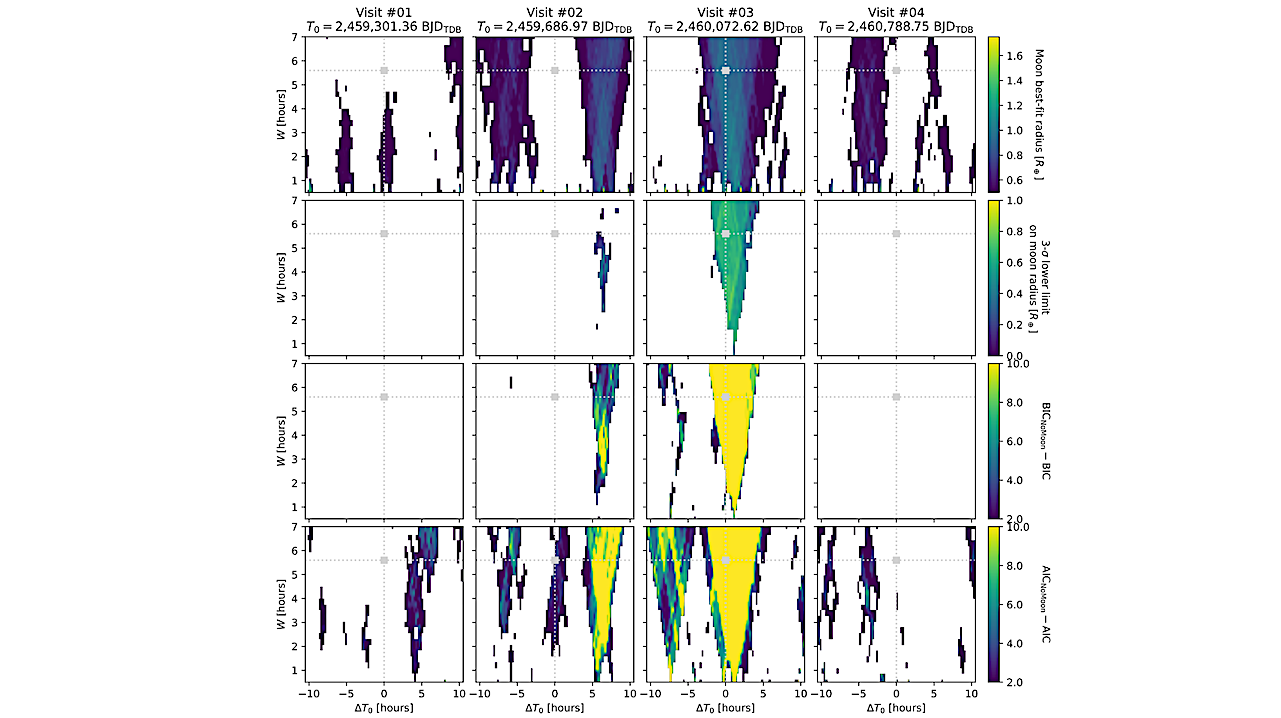
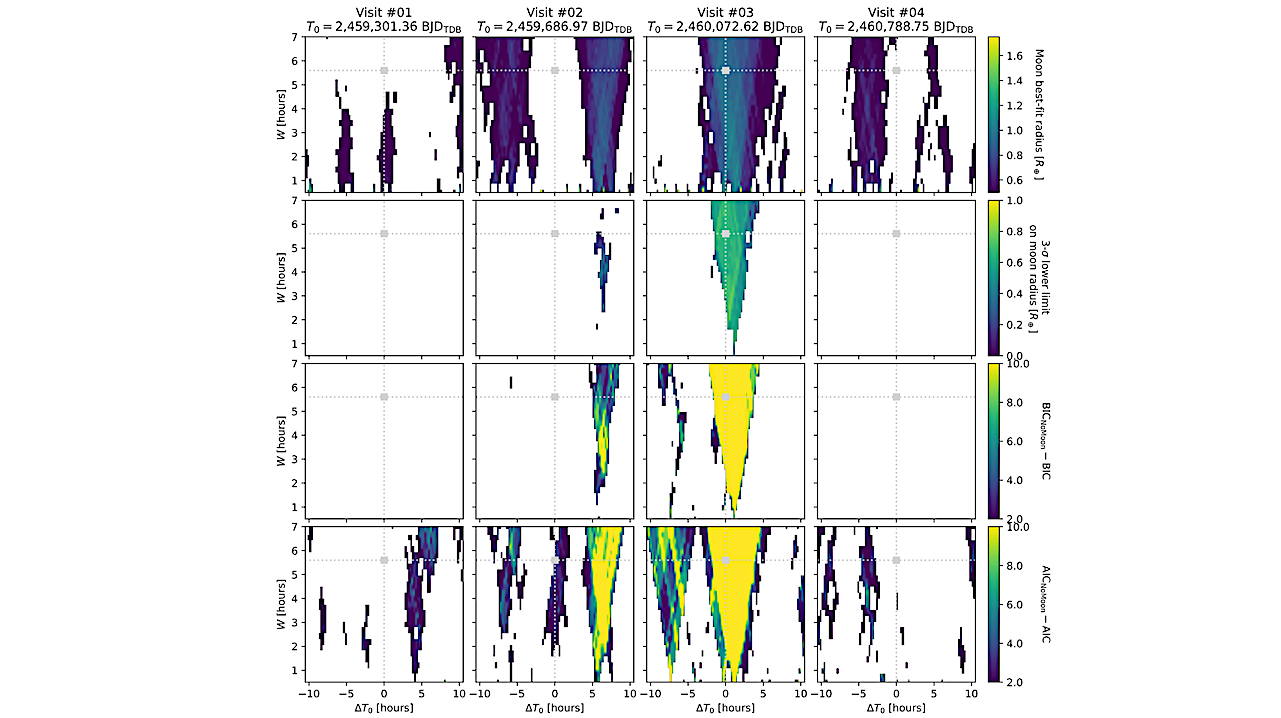
Sensitivity maps for the four CHEOPS visits of HD 95338. The first row represents the best-fit box depth (i.e. moon radius) in the ∆T0–W space. The 3σ lower limit of the moon radius is shown in the second row, while the third and fourth rows represent the ∆BIC and ∆AIC values between a solution with and without a moon. The empty (blank) areas are values that are below a threshold of 0 R⊕ for the moon radius (first 2 rows) and a threshold of 2 for the ∆BIC and ∆AIC (last 2 rows). The grey squares (and corresponding dotted lines) show the position of the transit of HD 95338b in this parameter space for each visit. An underlying linear trend is assumed for each of the four visits. — astro-ph.EP
Despite the ever-increasing number of known exoplanets, no uncontested detections have been made of their satellites, known as exomoons.
The quest to find exomoons is at the forefront of exoplanetary sciences. Certain space-born instruments are thought to be suitable for this purpose. We show the progress made with the CHaracterizing ExOPlanets Satellite (CHEOPS) in this field using the HD 95338 planetary system.
We present a novel methodology as an important step in the quest to find exomoons. We utilize ground-based spectroscopic data in combination with Gaia observations to obtain precise stellar parameters. These are then used as input in the analysis of the planetary transits observed by CHEOPS and the Transiting Exoplanet Survey Satellite (TESS).
In addition, we search for the signs of satellites primarily in the form of additional transits in the Hill sphere of the eccentric Neptune-sized planet HD 95338b in a sequential approach based on four CHEOPS visits.
We also briefly explore the transit timing variations of the planet. We present refined stellar and planetary parameters, narrowing down the uncertainty on the planet-to-star radius ratio by a factor of 10. We also pin down the ephemeris of HD 95338b. Using injection/retrieval tests, we show that a 5σ detection of an exomoon would be possible at RMoon=0.8~R⊕ with the methodology presented here.
We exclude the transit of an exomoon in the system with RMoon≈0.6~R⊕ at the 1σ level. The algorithm used for finding the transit-like event can be used as a baseline for other similar targets, observed by CHEOPS or other missions.
Sz. Kálmán, A. E. Simon, A. Deline, Sz. Csizmadia, Gy. M. Szabó, D. Ehrenreich, T. G. Wilson, M. N. Günther, A. Heitzmann, S. G. Sousa, M. Farnir, A. Bonfanti, A. M. S. Smith, A. Pál, G. Scandariato, V. Adibekyan, A. Brandeker, S. Charnoz, B. Akinsanmi, S. C. C. Barros, X. Song, Y. Alibert, R. Alonso, T. Bárczy, D. Barrado Navascues, W. Baumjohann, W. Benz, N. Billot, F. Biondi, L. Borsato, C. Broeg, A. Collier Cameron, C. Corral van Damme, A. C. M. Correia, P. E. Cubillos, M. B. Davies, M. Deleuil, O. D. S. Demangeon, B.-O. Demory, A. Derekas, B. Edwards, J. A. Egger, A. Erikson, A. Fortier, L. Fossati, M. Fridlund, D. Gandolfi, K. Gazeas, M. Gillon, M. Güdel, P. Guterman, J. Hasiba, Ch. Helling, K. G. Isaak, L. L. Kiss, J. Korth, K. W. F. Lam, J. Laskar, A. Lecavelier des Etangs, A. Leleu, M. Lendl, D. Magrin, P. F. L. Maxted, B. Merín, C. Mordasini, M. Munari, V. Nascimbeni, G. Olofsson, R. Ottensamer, I. Pagano, E. Pallé, G. Peter, D. Piazza, G. Piotto, D. Pollacco, D. Queloz, R. Ragazzoni, N. Rando, H. Rauer, I. Ribas, N. C. Santos, D. Ségransan, M. Stalport, S. Sulis, S. Udry, B. Ulmer, S. Ulmer-Moll, V. Van Grootel, J. Venturini, E. Villaver, N. A. Walton, S. Wolf, T. Zingales
Comments: Accepted for publication in A&A on 15/07/2025. 22 pages, 12 figures
Subjects: Earth and Planetary Astrophysics (astro-ph.EP)
Cite as: arXiv:2507.15318 [astro-ph.EP] (or arXiv:2507.15318v1 [astro-ph.EP] for this version)
https://doi.org/10.48550/arXiv.2507.15318
Focus to learn more
Submission history
From: Szilárd Kálmán
[v1] Mon, 21 Jul 2025 07:16:06 UTC (15,084 KB)
https://arxiv.org/abs/2507.15318
Astrobiology,
Stay Informed With the Latest & Most Important News
-
 012024 in Review: Highlights from NASA in Silicon Valley
012024 in Review: Highlights from NASA in Silicon Valley -
 02Panasonic Leica Summilux DG 15mm f/1.7 ASPH review
02Panasonic Leica Summilux DG 15mm f/1.7 ASPH review -
 03How New NASA, India Earth Satellite NISAR Will See Earth
03How New NASA, India Earth Satellite NISAR Will See Earth -
 04And Thus Begins A New Year For Life On Earth
04And Thus Begins A New Year For Life On Earth -
 05Astronomy Activation Ambassadors: A New Era
05Astronomy Activation Ambassadors: A New Era -
06SpaceX launch surge helps set new global launch record in 2024
-
 07Space Force plans new ‘Futures Command’ amid pressure to speed up modernization
07Space Force plans new ‘Futures Command’ amid pressure to speed up modernization












